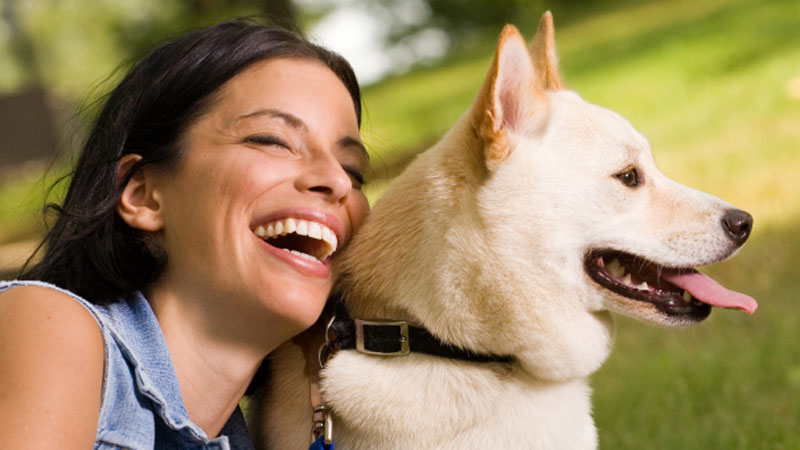Physiotherapy
Physiotherapy is the treatment of disease or injury with massage, heat, cold or exercise. It is a useful adjunct to traditional medicine especially in long term cases such as arthritis but also post-surgery such as a cruciate ligament rupture. It helps restore muscle strength and reduces muscle atrophy. It helps improve range of joint movement whilst reducing pain, swelling and muscle spasm.
Many injuries require strict rest to heal initially e.g. fracture repair, TPLO surgery or post spinal surgery. Once this initial phase has been completed (anything from 2-4weeks) it is then beneficial to get the dog up and moving in a controlled fashion to minimise muscle atrophy and restore joint function. This is where physiotherapy is of major benefit and often improves the long-term outcome following surgery. Passive range of movement exercises can be performed standing or lying down; they reduce joint stiffness and encourage circulation. Joints are gently flexed and extended from the toe joints upwards until the whole limb is cycled through its entire range of motion. Flexed and extended positions are help for approximately 5 seconds to stimulate muscle fibres.
Core stimulation is challenged with wobble cushions or gym balls and this stimulates smaller supportive muscles.
Ice therapy provides ice and compression at the same time to reduce swelling. It is especially useful immediately post-surgery and with inflamed joints. Reduced swelling means less pain so hopefully the use of less analgesic medication.
TENS is the use of an electric current to stimulate nerves to provide pain relief. This works well early in the post-operative or injury phase and is very well tolerated in most patients.
ENIS is the use of adhesive electrodes to stimulate muscle contraction. This is especially useful in recumbent animals. It helps prevent muscle wastage so aiding load baring exercises later on in rehabilitation.
Laser therapy is well tolerated by most animals and helps soft tissue injuries and painful swollen joints.
Acupuncture is a useful adjunct to modern medicine to treat chronic pain from joints, nerves, or spinal damage. Acupuncture is thought to work by stimulating the body’s own repair mechanism. Most animals tolerate sessions which are usually given weekly for up to 30 minutes.
Hydrotherapy is a specific type of physiotherapy using water. This can be in a pool or an underwater treadmill. The warm water helps boost circulation especially to the muscles. The hydrostatic pressure of the water helps reduce swelling. The water resistance helps build muscle and improve cardiovascular fitness as the dog swims or walks but the buoyancy provided by the water helps support the dog’s body weight so reducing impact on injured joints. Hydrotherapy is used post-surgery, with tendon or ligament injuries, for nerve damage, muscle atrophy and joint disease. It is also useful as a starting exercise for overweight animals.
If you think your dog would benefit from physiotherapy then discuss it with your vet- they will be able to refer you to a fully qualified physiotherapist for the appropriate treatment.


